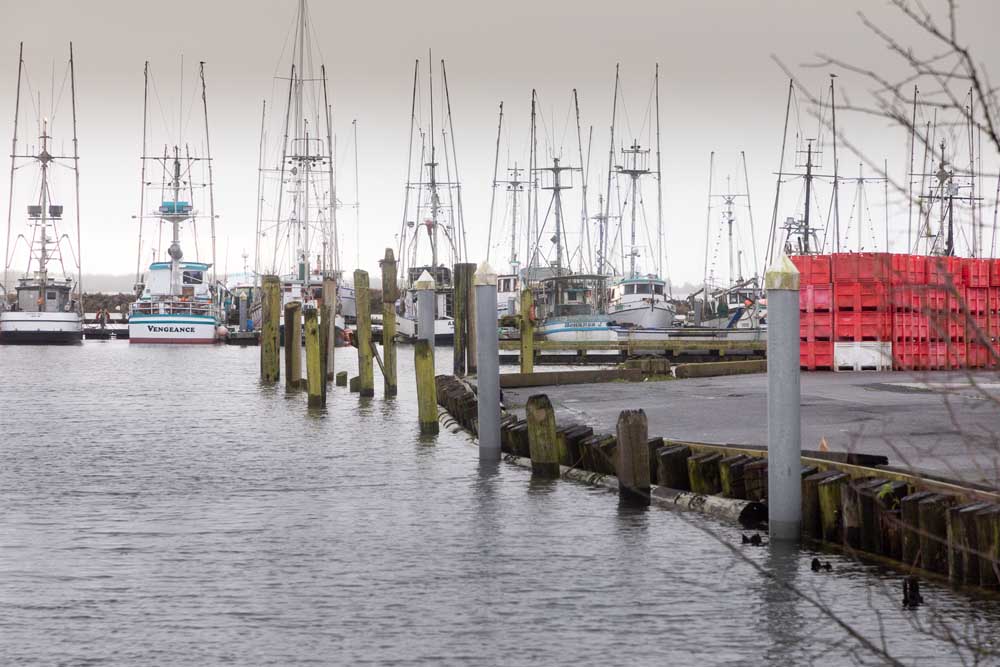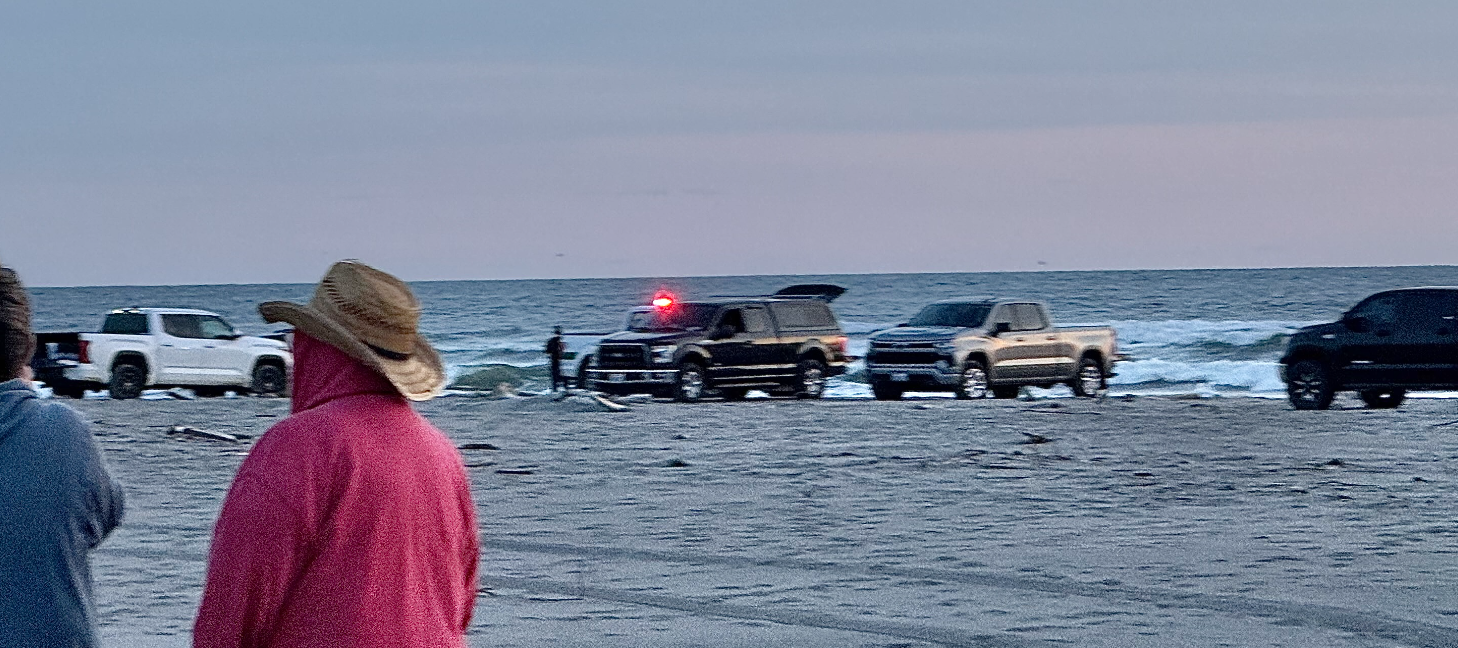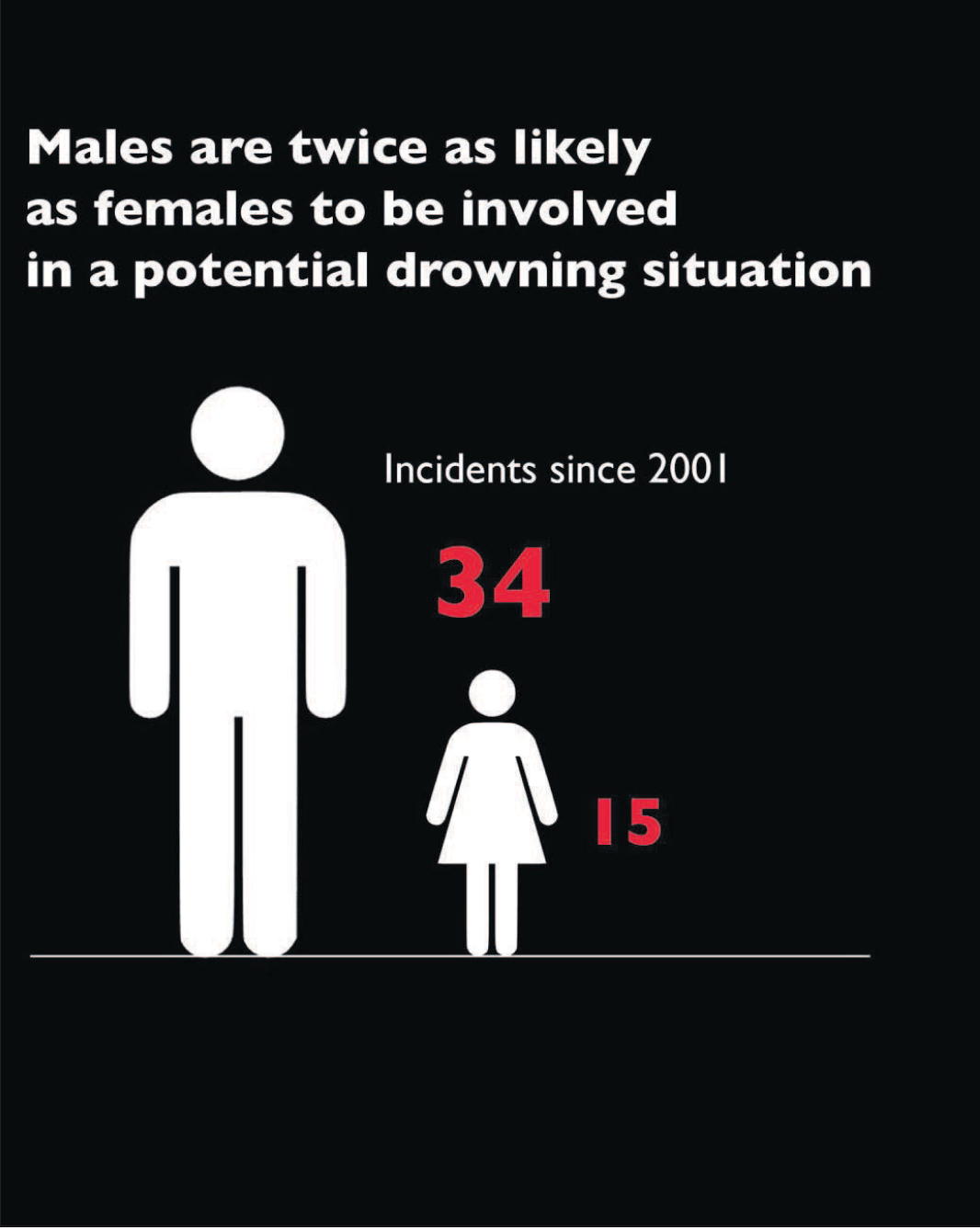Plan aims to shield Ilwaco fish processing
Published 3:53 pm Monday, September 30, 2024

- A project that is expected to get underway at the Port of Ilwaco later this month is aimed at replacing a failing bulkhead that is critical for protecting commercial seafood processing operations.
ILWACO — It’s shaping up to be a busy fall and winter at the Port of Ilwaco.
Work is already underway on a nearly $2 million project aimed at preventing untreated stormwater from running off into Baker Bay at the port, while another multi-million dollar project to repair a key bulkhead that protects commercial seafood processing operations is expected to begin later this month.
‘[Safe Coast Seafoods] is now our only processing plant, so it’s super important that we keep that in a stable condition. They haven’t even been able to drive semi trucks out there, and once it’s done they will be able to.’
Tracy Lofstrom, Ilwaco port manager
Port commissioners will open up bids this week for the bulkhead resilience project that has been years in the making and calls for, among other things, replacing the port’s failing east bulkhead in its commercial fishing wharf. The bulkhead protects operations at Safe Coast Seafood — the only commercial processor at the port following the fire earlier this year that decimated the Ilwaco Landing facility — from flooding during storms and events like King Tides.
Tracy Lofstrom, the port’s manager, said the port will also be hiring a construction management firm to supervise the project along with the contractor that is ultimately awarded the bid. About 10 contractors had at least shown interest in bidding on the project.
The hope is for work to be wrapped up by next May. The in-water work window is open through Feb. 15, but Lofstrom is hopeful that they would be permitted to finish the in-water portion of the project beyond that date if they were nearing completion.
An important project
Built in the mid-1900s, the existing bulkhead’s external and retaining wall is composed of creosote-treated timber and will be replaced with an anchored steel sheet-pile bulkhead.
The current structure has endured severe deterioration due to its age, frequent flooding and storm damage. The steel will reinforce and stabilize the bulkhead, which is more than 200 feet long.
Slope protection north and south of the bulkhead will also be repaired, and the top of the slope will be raised by about one and a half feet to combat against future expected sea level rise. An access driveway in the upland wharf area that is directly landward of the bulkhead will also be paved and regraded to mitigate the effects of sea level rise.
“[Safe Coast Seafoods] is now our only processing plant, so it’s super important that we keep that in a stable condition,” Lofstrom said, noting that replacing the bulkhead will also improve cargo transfer efficiency. “They haven’t even been able to drive semi trucks out there, and once it’s done they will be able to.”
Supply chain concerns for the steel sheet-piles — which by law have to be American-made — are what Lofstrom has been fretting over the most. “Obviously it’s not quite as bad as it was during covid, but that’s my biggest worry because if that were to happen then the whole project would probably have to be delayed,” she said.
Monitoring of the bulkhead’s ongoing movement since November 2022 indicates that the structure “is in the process of active failure,” the port stated in one permit application that it filed with the U.S. Army Corps of Engineers.
Safe Coast Seafoods lands roughly $14 million in commercial seafood each year, making it one of the most active wharfs in the state. Cargo operations at the port would be shut down if the bulkhead fails, which the port says would negatively impact a wide swath of maritime and non-maritime businesses.
“Yes, it is only one of our tenants, but if that whole thing fell into the water we would lose one of our big tenants and it would totally affect our landings and all of that stuff,” Lofstrom said.
Funding sources
The port has won funding for the project at both the state and federal level in recent years, headlined by a $2.4 million grant via the U.S. Department of Transportation’s Port Infrastructure Development Program in 2021.
The port was also awarded a $637,500 low-interest loan and $112,500 grant from Washington’s Community Economic Revitalization Board in 2021, and received $80,000 in .09 sales tax funding from the Pacific County Council of Governments. The deadline to use the funds have been extended since they were first awarded, giving the port needed flexibility.
Lofstrom expects that the port will tap into its Industrial Development District (IDD) funding, which can be used on harbor and industrial improvements at the port. “I’m hoping that we don’t spend more than $500,000 off of our IDD.”





